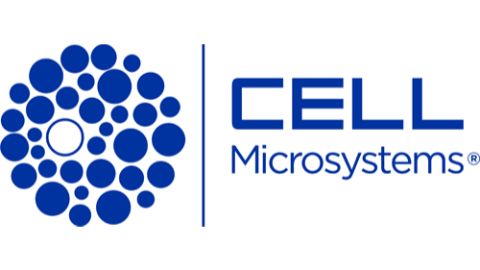A non-destructive method to assess changes in the biomass of small-grain cereals under field conditions

This study describes a method to estimate the pattern of changes in crop dry weight (CDW) of triticale and oats on the basis of spectral reflectance measurements. Field experiments involving 30 cultivars of triticale and 30 cultivars of oats were conducted in northeastern Spain in 2011 under irrigated conditions, with a total water input of 410 mm. Reflectance spectra were captured on five occasions from the beginning of jointing to anthesis, and reflectance values at 680 nm and 771 nm were used to calculate the normalized difference vegetation index (NDVI). A destructive sample was taken on each plot at the early dough stage of grain development to determine aboveground biomass production. Triticale cv. ‘Algoso’ (21,357 kg DM ha-1) and the oats cv. ‘CHD2316/03’ (21,007 kg DM ha-1) gave the highest biomass production. Daily biomass increments were inferred from NDVI values and from radiation data obtained from a meteorological station located close to the experimental fields. On average, biomass production and radiation use efficiency (RUE) were greater in triticale than in oats, but oat cultivars showed larger genetic diversity in both traits.





